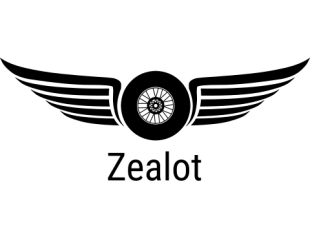Hi,
This is my way of sharing the 'fun' with my printer. A little history, I spent months trying to decide on which one? Cost only, capability only, or combination. Then a magazine I read, had about 30 of them lined up and compared. The number 1 was the Prusa i3 mk2. In kit form, it was priced in the middle, but the capabilities seemed and were very good. So I order it. It arrived, yeah! 1 box, a little heavy, but, intact and all the way from Europe. Assembly followed, what fun! I really enjoyed the process, lots of learning went on, learned to take my time and follow the comments on the website, for each assembly step. Some kept me out of trouble, some told me why what I just did was not quite the correct way of doing it, and then I had to re-do. It took me about a week of evenings, and a Saturday. In the end, I ran the calibrations, and it worked! I was shocked! and delighted. This was about 2 years ago.
Working from memory, no pics, there were many items printed, some successful and some not. The beginning of the trial, was, early on, I was printing something, and since it takes time, I went to bed. Woke up in the morning, and found the spool of filament laying on the printer and the print stopped! It had fallen from the holder and hit the print bed. OK, bad print, peel it off, and start over. More items printed, and I began to see some issues with the prints sticking to the heated bed. Hmmm... tried all kinds of tweaks in the slicer, got some to work, but not all. Hmmm.... the front right quadrant feels cooler to the touch! Oh oh, that is not good. This is about 3 months ago. So, saved up and ordered a new heated print bed. In less than a week it arrived! Yeah!
And with that, the trials begin!
Scott ;-)
This is my way of sharing the 'fun' with my printer. A little history, I spent months trying to decide on which one? Cost only, capability only, or combination. Then a magazine I read, had about 30 of them lined up and compared. The number 1 was the Prusa i3 mk2. In kit form, it was priced in the middle, but the capabilities seemed and were very good. So I order it. It arrived, yeah! 1 box, a little heavy, but, intact and all the way from Europe. Assembly followed, what fun! I really enjoyed the process, lots of learning went on, learned to take my time and follow the comments on the website, for each assembly step. Some kept me out of trouble, some told me why what I just did was not quite the correct way of doing it, and then I had to re-do. It took me about a week of evenings, and a Saturday. In the end, I ran the calibrations, and it worked! I was shocked! and delighted. This was about 2 years ago.
Working from memory, no pics, there were many items printed, some successful and some not. The beginning of the trial, was, early on, I was printing something, and since it takes time, I went to bed. Woke up in the morning, and found the spool of filament laying on the printer and the print stopped! It had fallen from the holder and hit the print bed. OK, bad print, peel it off, and start over. More items printed, and I began to see some issues with the prints sticking to the heated bed. Hmmm... tried all kinds of tweaks in the slicer, got some to work, but not all. Hmmm.... the front right quadrant feels cooler to the touch! Oh oh, that is not good. This is about 3 months ago. So, saved up and ordered a new heated print bed. In less than a week it arrived! Yeah!
And with that, the trials begin!
Scott ;-)






















